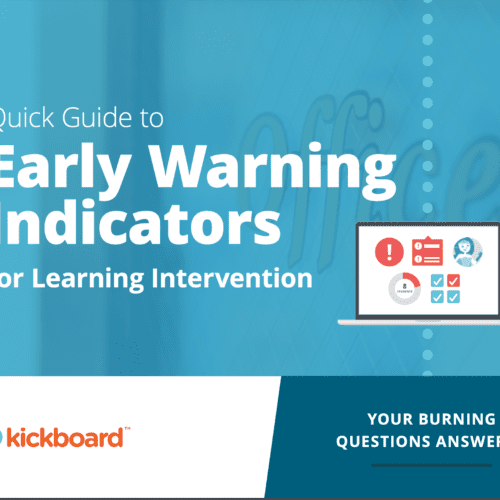 Getting articles published is an excellent way to establish yourself as an expert and gain the recognition of peers, customers, and superiors.
Getting articles published is an excellent way to establish yourself as an expert and gain the recognition of peers, customers, and superiors.
Organizations love to say they have a published writer/expert on their payroll, and your articles can be used in information packages, media kits and other promotional materials for the company.
If you become an expert on an issue that no one else in your company addresses, your supervisor may give you more responsibilities (great for negotiating that raise) or promote you. And, in the event of a job change, mentioning published works will help you stand out from other candidates.
Writing and publishing an article isn’t as hard as it seems. Editors are always interested in hearing from people with expertise that relates to their publications. Just follow these steps:
1. Develop an Idea
Think up case histories, personal experiences, how-to articles, analysis of your particular work field, essays or op-ed pieces. Topics best avoided: controversial subjects and anything that would reveal confidential information about your organization or counter its official stance on an issue. Causing embarrassment or alienation is not your objective.
2. Research and Target Publications
Your organization’s newsletter may be a convenient possibility. Propose a regular column or series of articles. The editor will love you because you’ll be consistently filling space, and that’s one less idea that has to be planned for the next issue.
Also, several trade and consumer publications accept articles from outside sources. Most publications are either fully online or have a web-based version, complete with writer’s guidelines. If you can’t find the submission policies, inquire.
Begin with publications that you already read because you’ll be familiar with their content and style. In addition, you can look up potential targets in directories such as WritersMarket.com by Writer’s Digest Books. If you can’t find sample articles on the publication’s website, visit bookstores and libraries to flip through a couple of back issues in order to get a sense of their style and areas of interest.
3. Get the Go-Ahead
Approach publications by submitting a query letter that states your idea and your relevant credentials. You may have to send out a few query letters before your idea is accepted. Each time, read the submission guidelines and tailor your idea to fit the publication’s needs.
A common way to start a query letter is by writing the first paragraph as you would in the article. Otherwise, start by presenting interesting statistics or facts or a representative quote. The following are other tips for effective query letters:
- Stick to a one-page letter.
- Make sure you spell editors’ names correctly.
- Outline your topic so they have a good idea of your approach and the points you’ll cover.
- Include enough facts and figures to prove you know your story.
- Emphasize your credentials for writing the article; even if they ask for published samples, your expertise should be enough.
- Enclose an SASE (self-addressed stamped envelope) with the letter.
The website Writing-World.com has a very helpful section on query letters and manuscript formats. If you need more detail, borrow a book from the writing section of your local library.
4. Write and Send the Article
Once you have the assignment, make sure your deadline is feasible and get to work. When you write the article, it’s a good idea not to rely on yourself for proofreading. If possible, get another person or two to review it before sending in.
5. Follow Up
Congratulations, you are now a published writer! Now start building on it. Offer new ideas to editors who have worked with you and use your publishing credentials to get your foot in the door at other publications. And don’t forget to let people in your circle of friends and acquaintances know you’ve been published. Don’t be shy; self-promotion means actually promoting yourself.







